bribrius
Been spending a lot of time on here!
- Joined
- Jan 12, 2014
- Messages
- 8,709
- Reaction score
- 1,311
- Can others edit my Photos
- Photos NOT OK to edit
in camera sharpness blahblah blahh
since i use somewhat less than great lenses i have spent more time using these. And i don't really know what i am doing. Especially with unsharp mask, or all of them actually. i just move sliders until i think it looks right. I dont quite grasp the differences between a clarity selection and sharpness selection. Basically just not grasping this here with the different options, even though i have been using them to SOME success. The photos have little consistancy.
Can someone give me a brief overview, so i get the concept of the differences of what i am doing so i use them more effectively? would save me some time in post process as well. Where as right now i might try clarity for a certain photo, realized it didnt achieve what i wanted, try structure, nope. move on to the next maybe unsharp mask and play with sliders......
pretty much what is going on with me. Using them, but taking longer and probably not using them the most efficiently. In camera sharpness too, i usually always bump up a little for jpegs.
My images are taking a big hit fro this, as i am dragging them from one to the next, one program to the next, almost guessing. And the quality of them is dropping the more i guess. I have started zooming in on them, which seems to help.
since i use somewhat less than great lenses i have spent more time using these. And i don't really know what i am doing. Especially with unsharp mask, or all of them actually. i just move sliders until i think it looks right. I dont quite grasp the differences between a clarity selection and sharpness selection. Basically just not grasping this here with the different options, even though i have been using them to SOME success. The photos have little consistancy.
Can someone give me a brief overview, so i get the concept of the differences of what i am doing so i use them more effectively? would save me some time in post process as well. Where as right now i might try clarity for a certain photo, realized it didnt achieve what i wanted, try structure, nope. move on to the next maybe unsharp mask and play with sliders......
pretty much what is going on with me. Using them, but taking longer and probably not using them the most efficiently. In camera sharpness too, i usually always bump up a little for jpegs.
My images are taking a big hit fro this, as i am dragging them from one to the next, one program to the next, almost guessing. And the quality of them is dropping the more i guess. I have started zooming in on them, which seems to help.


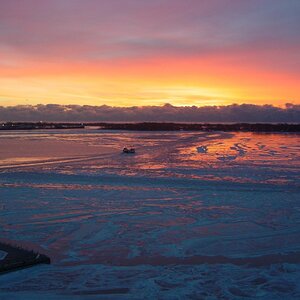
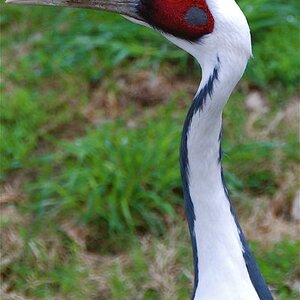
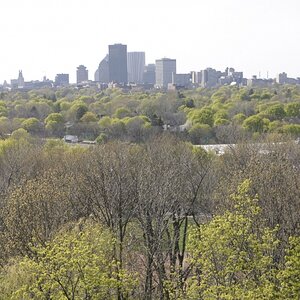
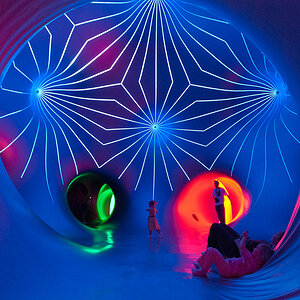
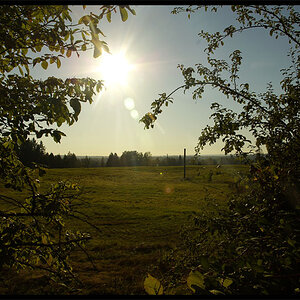
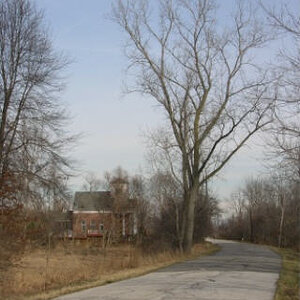
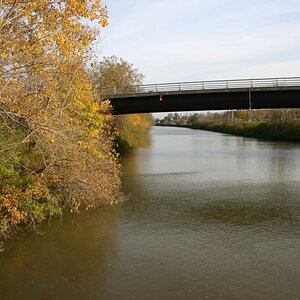
![[No title]](/data/xfmg/thumbnail/42/42271-5db67ba3109fc5edfe486ca6046bcc96.jpg?1619740080)
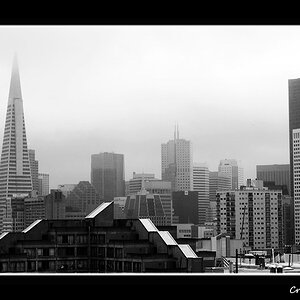
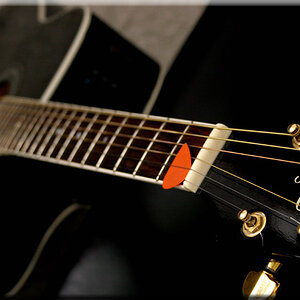
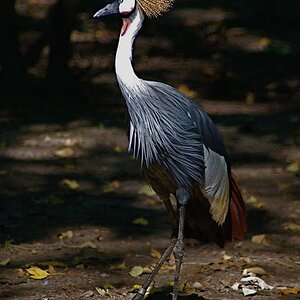
![[No title]](/data/xfmg/thumbnail/36/36667-b3265abf8272f21d759a0abd6a0995c3.jpg?1619737676)